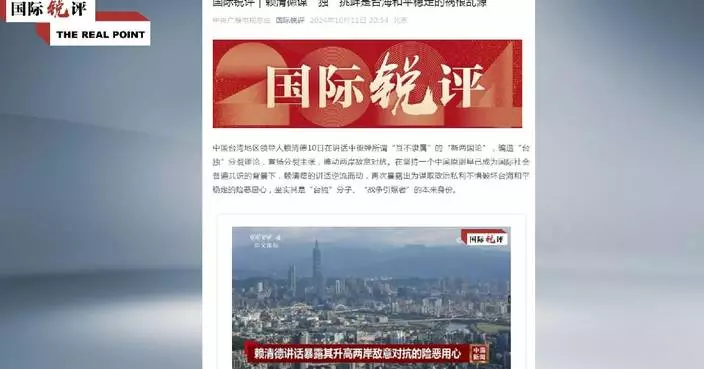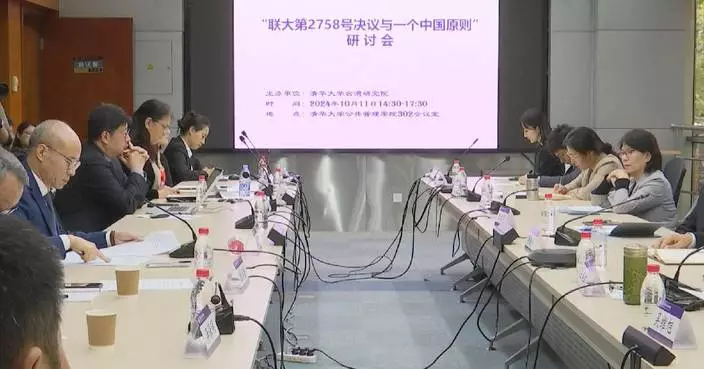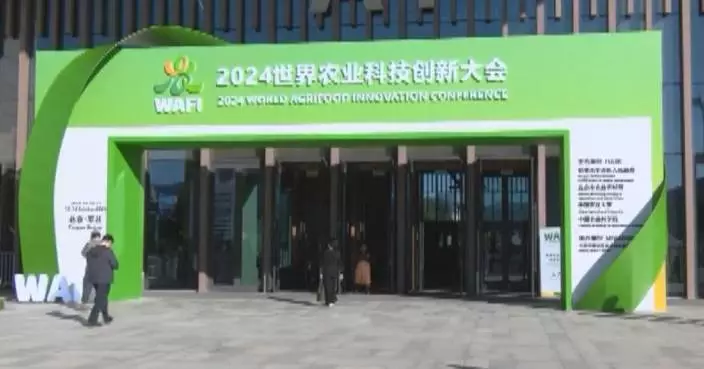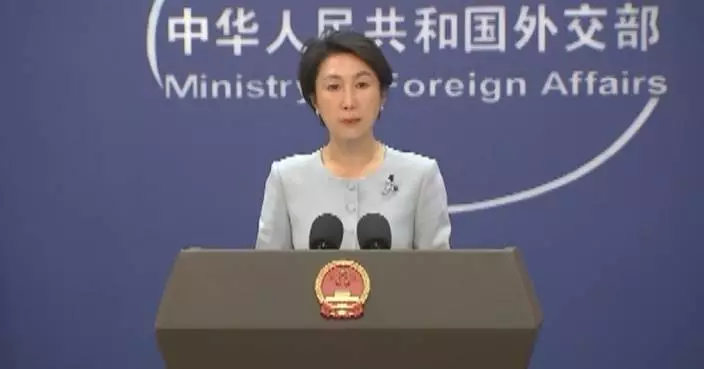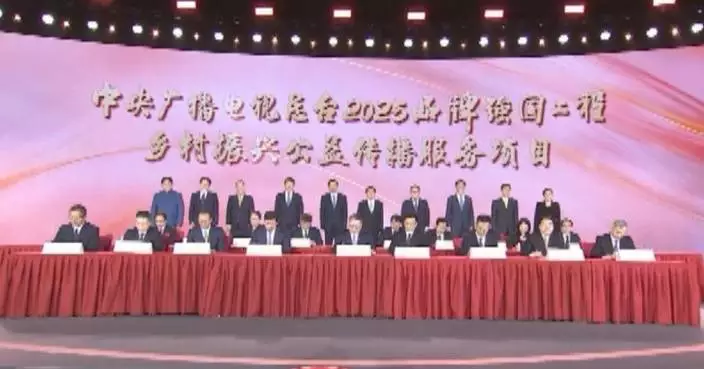Small and medium-sized enterprises (SMEs) across China have ramped up investment and sought to boost innovation as they aim to enhance their competitiveness, with several high-tech firms leading the charge as they develop groundbreaking new products.
China has placed greater emphasis this year on sci-tech modernization and innovation in pursuing high-quality development, and many SMEs across the country are now embracing this idea as they utilize specialized and sophisticated technologies to create novel and unique products.
Statistics show that in the first eight months of this year, electricity consumption among the top performing innovation-driven SMEs - known as China's "little giants" - increased by 7.9 percent year-on-year, while other specialized SMEs saw a five percent rise, signaling strong production recovery and growth across the sector.
A prime example of one of the firms which are making headway in this regard is NanoLN, a company specialized in producing single-crystal lithium niobate thin films (TFLN/LNOI) and single-crystal lithium tantalate thin films (TFLT/LTOI), based in Jinan City of east China's Shandong Province.
The company has recently become one of the first in the world to produce an eight-inch 300-900 nanometer lithium niobate thin film using proprietary technologies such as ion implantation and direct bonding. This cutting-edge material has already been applied in fields such as quantum communication and in detectors, significantly advancing the development of high-end device basic materials in China.
"Devices using this film consume less power, generate less heat, and operate at very high speeds. While most global manufacturers are limited to four or six-inch products, we have pioneered the eight-inch version, filling a crucial gap in the industry," said the company's president Hu Wen.
In the first eight months of the year, NanoLN saw its orders surge by more than 60 percent and it is now operating at full capacity to meet the growing domestic and international demand. In addition, it is also planning to establish a new production and research base to support its future expansion and upgrade.
Industry insiders say that many firms are now looking to capitalize on the success they have already enjoyed by further stepping up their investment in innovation.
"Many innovative SMEs who have gained market recognition are keen to increase investment and expand production. This is largely due to their focus on innovation, which has strengthened their core competitiveness and overall capabilities," said Zhang Zhongyong, director of the SMEs research center of the Industry and Planning Research Institute of the China Academy of Information and Communications Technology.
Data from China's Ministry of Industry and Information Technology shows that SMEs above the designated size, referring to those with an annual main business revenue of at least 20 million yuan (over 28 million U.S. dollars), recorded stable economic performance in the first eight months of the year, with their value added up 7.1 percent year-on-year. During the same period, SMEs in 19 out of 31 major manufacturing sectors also reported growth in their total profits.

China’s cutting-edge SMEs boost competitiveness with increased investment in innovation



